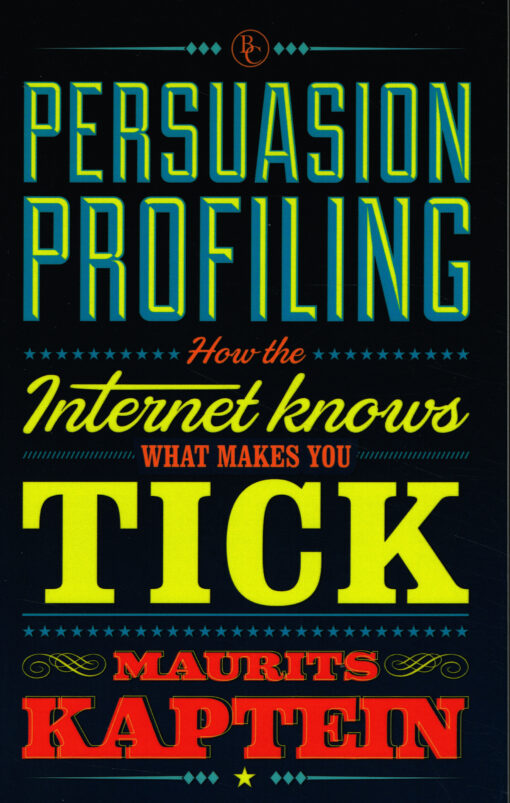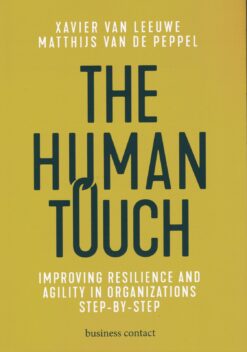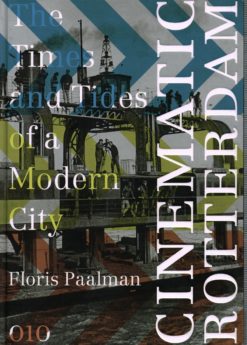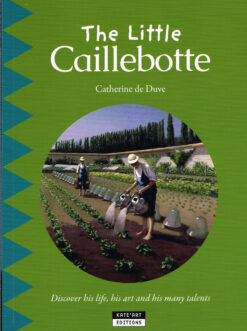Terug/Home/Webwinkel ramsj.nl /Non-Fictie/Economie & politiek/Persuasion Profiling
Maurits Kaptein
Persuasion Profiling
How the internet knows what makes you tick
Oorspronkelijke prijs was: € 24,99.€ 7,90Huidige prijs is: € 7,90.
On average, merely five in every hundred visitors of online stores actually purchase a product. This, despite the fact that in offline, brick and mortar stores more than twenty-five out of a hundred visitors make a purchase. Why is this gap so large? The answer can partly be found in the ways in which vendors adapt their promotional appeals to the unique individual preferences and needs of their customers. Based on insights from behavioural economics, marketing, and his own ground-breaking research on Persuasion Profiling, Dr. Maurits Kaptein developed a mass-market personalized technique that enables you to treat online visitors as an offline vendor would. Kaptein combines a thorough description of our knowledge of sales psychology with an understanding of interactive technologies to demonstrate the opportunities these technologies offer for personalization.






